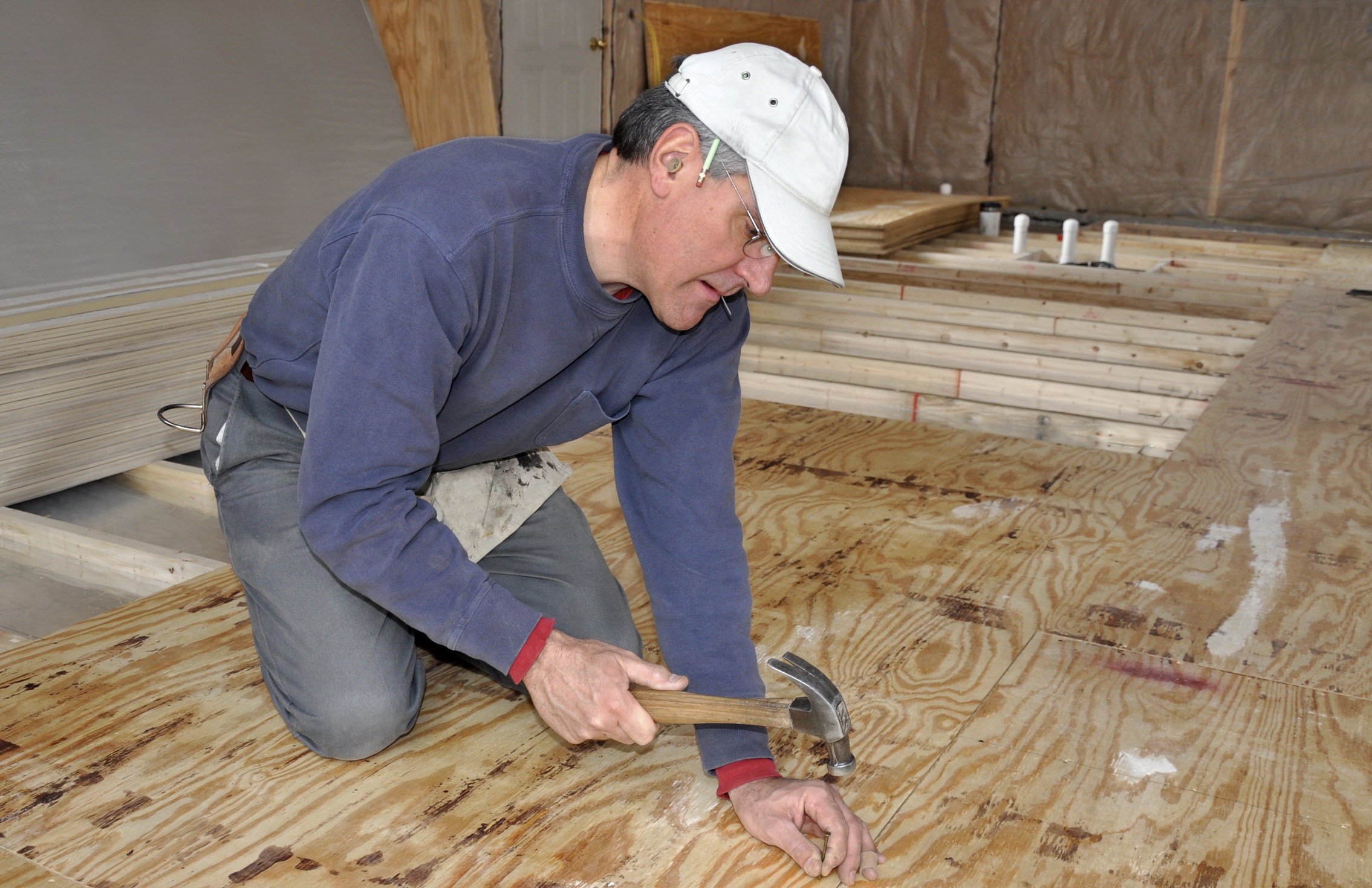
If you are laying sheet vinyl or vinyl tiles over your subfloor, a layer of subfloor underlayment will need to be installed. It’s imperative that your underlayment is installed correctly and remains pristine; any dents, bumps, nails or edges will show through the flooring. There are some tricks you can employ to ensure that your underlayment layer is properly installed.
Choose the right materials
Select underlayments which have been APA approved or approved by your finished flooring manufacturer. If you are using plywood products, they must be manufactured using water-resistant resins as this will ensure your underlayment’s ability to withstand moisture. Check that your plywood panels aren’t damaged and are smoothly sanded.
Always allow underlayment panels to acclimatize by standing them on their edge in the room where they will be installed for 24 hours. If they have to spend some time on the site prior to installation, ensure that they are properly stored. Only install underlayment onto dry subflooring. Moisture in the subflooring may cause your underlayment panels to expand beyond their 1/32 gaps which will also lead to buckling.
Ensure that your subflooring is straight and even; mistakes here will affect the underlayment.
Right side up
Ensure that the panels are installed with any grade stamps facing down to avoid the possibility of inks bleeding through the finished flooring.
Leave a gap of 1/32 inches between panels to accommodate the potential swelling of panels as their moisture content changes. Failure to implement correct panel spacing may result in uneven flooring and buckling.
Installation tips
Underlayment panels should be installed with the long direction, or strength axis, perpendicular to floor joists, never parallel to the subfloor seams. All panel edges should be staggered at least 2 inches to the subfloor seams for increased stability.
Today’s vinyl floors show every imperfection so nail holes and sunken edges must be filled in with hard, quick-setting filler appropriate to the kind of underlayment you have selected. Ensure that the filler has cured completely before laying the flooring. Sand the filler to prevent bumps showing through.
Schedule underlayment installation as one of the last things you need to do so that the panels are not damaged. Consult the APA document for guidelines on underlayment installation and for fastener spacing.
